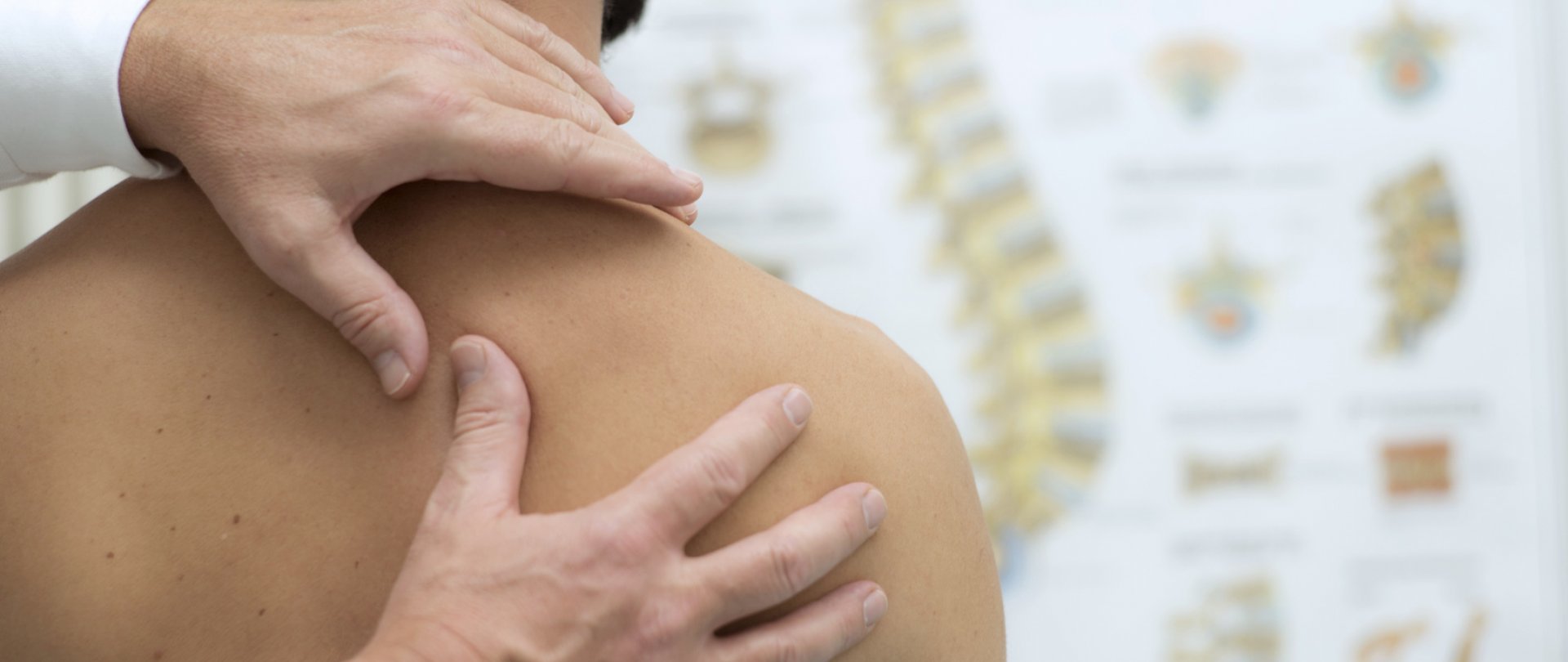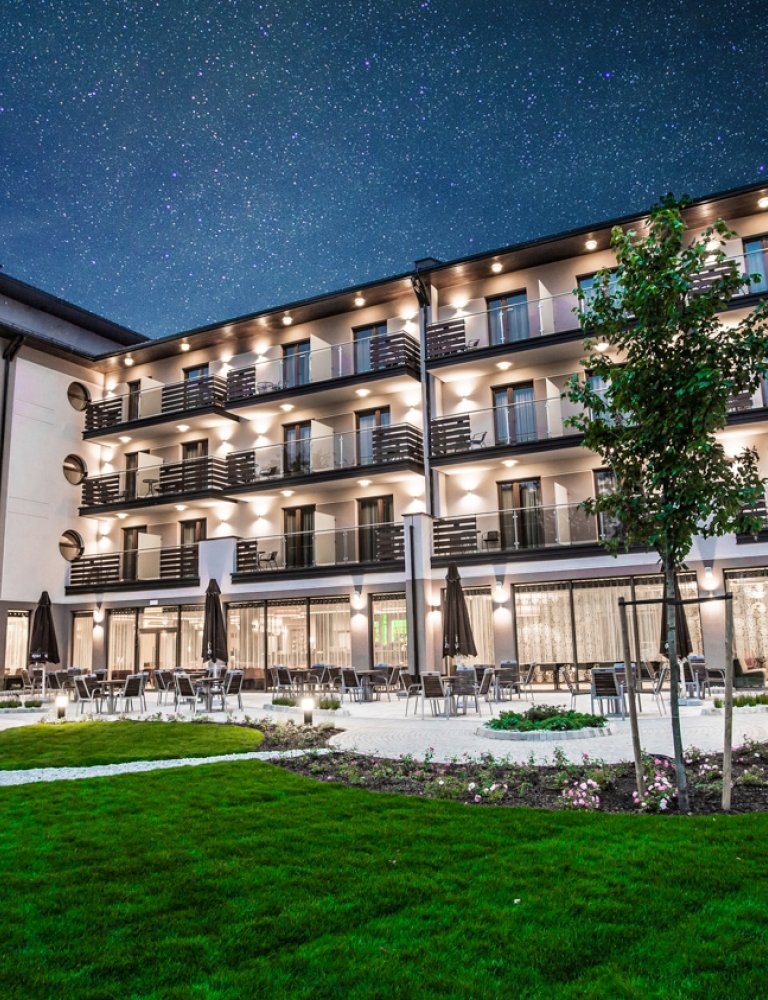Back pains – how to cope?
If it’s not causing us any problems, we don’t really notice how it works. However, it really does a lot, bending and straightening every day from a few to several thousand times. Rarely even when fully straight, or even sometimes during sleep, do we let it rest and adopt the right posture. The spine doesn’t have it easy with us!
Small changes for a grateful spine
Each bending of the spine causes the disks to move back. If this movement is executed incorrectly and for too long, we cause progressive, destructive changes to our backbone. Paying attention to correct posture – both when walking, as well as sitting, standing or bending down – is therefore the key to avoiding backache in the future. All the more so, because nowadays we tend to move less and less and spend more and more time seated – at work, home or in the car.
Some activities that have harmful effects on the spine we perform completely involuntarily and reflexively. Think about how often you bend over something to reach into a drawer, instead of crouching, or carry heavy shopping in one hand, instead of spreading the weight evenly between both hands?
In order to relieve the spine, do some activities crouching or leaning (for example, when brushing your teeth over the sink, instead of bending forward, lean your hand on it, making sure that the entire body weight is not focused on the spine). It is also important how you get up (for example, in the morning from the bed) – it is better to first drop your legs down to the floor and then push yourself up with your hands.
Our sitting posture is also important. If we do a sedentary job, for example at a computer, we should take regular breaks, sit down so that the buttocks are pushed to the back of the chair, and also control our posture to avoid slouching. Specialists also advise us not to cross our legs and rest our hands on the table top or armrests.
During breaks from working at the computer example, we can for example:
- take a deep breath and lift the arms up high,
- raise the hands to eye level, spread the fingers and stretch them,
- fold the hands, join the fingers in front of you and, in this position, perform hand circulations in a clockwise direction,
- raise the shoulders up until tense and hold for a few seconds.
- Each exercise is worth repeating several times and doing regularly. They will help you to relax your muscles, relax and stretch.
When pain occurs
Back pains can occur at any age – it usually affects its lumbar section (lower back) and is the result of injury or overload. Problems with the spine require consultation with a doctor and although their treatment is not easy, often relief (in addition to pharmacotherapy) comes with simple changes in habits, properly selected physical exercises, as well as therapeutic massages.
Therapeutic massage works similarly to relaxation – it has a calming effect, relieves tension and relaxes the muscles – additionally preventing various illnesses as well as treating others (especially orthopaedic ones). It usually lasts 20-25 minutes and is performed using classic massage techniques: stroking, rubbing, kneading, patting and vibration. The strength of the massage depends on the patient’s condition and his/her sensitivity to pain. A good massage in fact verges on the edge of a pleasant kind of pain – one during which we are still relaxed. If the pain is excessive, we tense up and the massage does not give the expected results.
For spine pain, healing baths – brine baths – are also recommended. They reduce muscle tension, relax and minimize inflammation. There are also suitable mud showers, which are great for pains of the lower spine. During this procedure, the body is immersed in the mud from mid-thigh to the navel.
Patients with back pain also benefit from underwater massages that stimulate circulation and relax the muscles. They consist in subjecting the body or selected parts to a strong jet of water.
However, the most important thing for the spine is movement – inactivity makes the muscles lose their elasticity and stop supporting the spine. As a result, our back aches and even symptoms such as limb numbness, migraines, tinnitus and heart or kidney pain occur.
It’s enough that every second day we do some strengthening exercises for the spine. You can for example:
- walk in an upright position with a book on your head
- lie on your back, bend your legs at the knees, straighten your arms along your body and lift your hips up to make your thighs with your torso create a straight line,
- perform bends so that the torso and head are parallel to the floor and raise your hands in it and pull in your shoulder blades to deepen the incline.
Swimming is also recommended for back health. Swimming not only relaxes tired and strained muscles, but also warms them up, works and stretches them without overburdening the joints.
Regardless of whether we experience spinal pain due to inadequate sleeping position, sitting, standing or bending down, they are a clear signal that our spine needs help. It is worth taking care of it early enough to avoid pain building up in the future. All the more so because, contrary to popular opinion, the spine does not only serve to maintain body weight and provide balance – it also absorbs all shocks, acts anchors bone and tissue, and protects the spinal cord and spinal nerves. If it is unwell, this affects the health of the whole body!





























